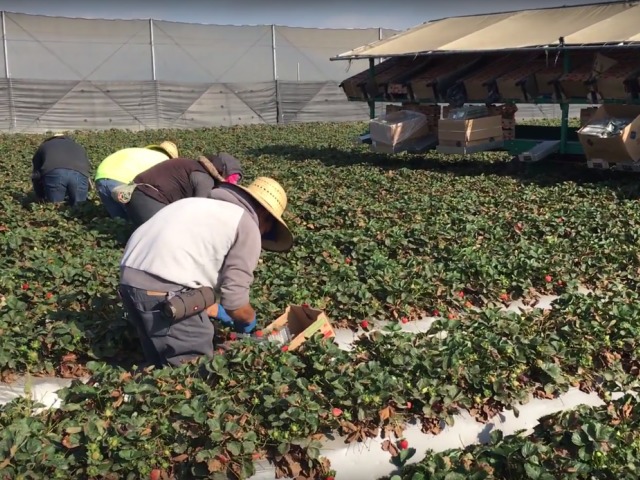Hydroponics essentially suggests “functioning water” (hydro= water, ponics= work). Almost, it suggests expanding plants without using dirt, delivering nutrients only by an aerated nutrient option.
Hydroponics systems can be either shut or open systems. In shut systems the exact same hydroponic nutrient option is recirculated and the nutrition material is monitored and adjusted.
Keeping the nutrient balance in such systems is an obstacle and also the hydroponic nutrient service needs to be tasted as well as analyzed every week. The nutrient option structure has to be readjusted according to the outcomes.
In open systems a fresh nutrient solution is presented for every irrigation cycle.
Inert expanding media are generally made use of in hydroponics Unlike dirt, that stores nutrients and directly interacts with the plant, the growing media utilized in hydroponics have little result, if any, on the plant nourishment. Because of this, the only resource of nutrients is the nutrient remedy, as well as consequently you have overall control over your plant nourishment.
While dirt allows a lot more tolerance for mistake, hydroponics leave really little room for errors. Due to the fact that changes are fast and also blunders can be extremely expensive, hydroponics growers should make extremely educated and also precise choices.
Close monitoring of Water material is very important in hydroponics.
Normally, water plays a major duty in hydroponics, making their quality as well as web content – extremely important.
There are a number of vital questions that must be resolved when dealing with this issue:
Which nutrients are required? Are they all present in the right concentration in your hydroponic solution?
What are the ratios between the nutrients? Do some nutrients affect the availability of others?
What is the overall focus of minerals in the remedy?
Are there any kind of dangerous aspects in the water? What is their focus?
What is the pH of the hydroponic option and also just how does it affect nutrient uptake by the plant?

Very First Step – Source Water Evaluation
Hydroponics option contains minerals in the resource water as well as the nutrients added with plant foods. The choice of plant foods type and quantity added substantially depend upon the preliminary material of resource water. As a result, examining the resource water prior to preparing a fertilizer formula is necessary.
For instance, your resource water might have a sufficient amount of calcium for your plant nourishment. In this situation, you should not make use of calcium nitrate, not just because it is redundant, yet likewise due to the fact that any calcium enhancement could speed up with other components in the hydroponic solution, such as phosphorus, or interfere with uptake of others.
In addition, source water may contain as well huge amounts of hazardous aspects, such as salt, chloride, fluoride or extra of boron, rendering it inappropriate for hydroponics. This can be fixed by pre-treating the resource water with desalination or ion-exchange.
Resource water evaluation have to include at the very least the adhering to information:
EC, pH, calcium, magnesium, chloride, sodium, sulfur as well as bicarbonate degrees.
If your water source is a birthed hole/well, it would additionally be smart to evaluate for boron, manganese and also fluoride levels.
The Necessary Plant Nutrients
There are 13 mineral nutrients that are necessary for conclusion of the plant’s life process. Macro-elements are needed in huge amounts: nitrogen, potassium, phosphor, calcium, magnesium, sulfur. Micro-nutrients are required in very low concentration: iron, manganese, zinc, copper, molybdenum, boron, chlorine.
Every one of these nutrients must be given in the hydroponics innovative growing method, in the appropriate concentrations, and also in adequate ratios.
According to the regulation of “limiting aspect”, if one nutrient is deficient, other nutrients can not compensate for the deficiency, and the crop might endure, leading to reduced quality and/or yield.
Nitrogen, phosphorus and also potassium
Most water resources contain only extremely small amount of these nutrients, if in all, consequently they have to be given utilizing plant foods.
Typically utilized soluble plant foods are MAP, potassium sulfate, ammonium nitrate, potassium nitrate.
Calcium and magnesium
These elements are generally discovered in source water, occasionally in adequate concentration for our demands, particularly in well-water. If the concentration is greater than needed, the resource water need to be pre-treated.
Calcium nitrate is the only plant food proper for calcium enhancement to hydroponics irrigation water. Magnesium nitrate and also magnesium sulfate are both suitable sources for magnesium enhancement. Note that calcium nitrate and also magnesium nitrate additionally contribute nitrogen to the option.
Sulfur
Sulfur is present in a vast array of focus in numerous water resources, and also plants growing in hydroponics can endure reasonably high concentration. However sulfur extra could have unfortunate effects as well as also restrict nitrate uptake.
Micro-nutrients
Iron, manganese, zinc and also copper can be provided in the sulfuric kind, yet their schedule is considerably reduce in pH higher than 6.5. The chelated kinds, may likewise be made use of, because they are offered for uptake in a wider range of pH. Some cultivators concern EDTA as harmful for plants, and prevent its usage.
Molybdenum is typically given using salt molybdate. The presence of salt in this plant food ought to not be a cause for alarm. Due to the fact that molybdenum is required in min quantities, extremely small amounts of this plant food are usually used, as well as the salt addition is minimal.
Boron can be supplied with boric acid or solubor. Solubor also contains salt, but again, quantities are small sufficient as to not have a significant effect on sodium focus in the solution. Range for appropriate boron degrees is really narrow (0.2-0.5 ppm) and also can easily be missed, leading to either shortage or toxicity. As a result boron supplements should be very carefully added. Well water commonly contain sufficient boron levels, so no boron enhancement is required.





